Your Journey to a Healthier Life Starts Here
Free Insurance Verification
Verify Your Treatment Coverage
Verify Your Treatment Coverage
Explore a comprehensive guide to 11 inpatient, 18 outpatient, and 7 detox centers across South Dakota. Compare costs, reviews, and treatment options to find the perfect rehab facility for your needs.

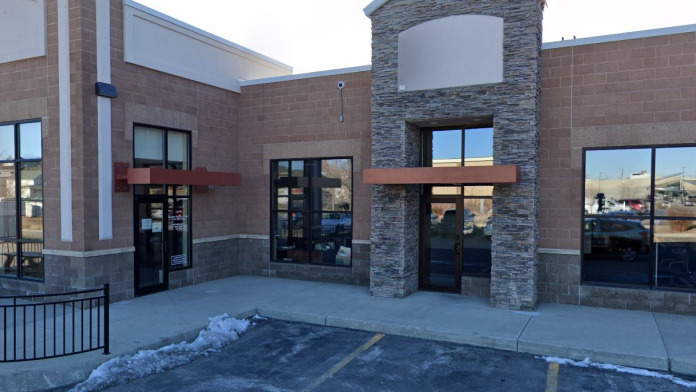 | Addiction Recovery Centers of Black HillsAddiction Recovery Centers of the Black Hills, located in Rapid City, SD, is dedicated to providing comprehensive recovery services for individuals battling substance use disorders. Our center offers a range of evidence-based treatment options, including detoxification, inpatient and outpatient programs, counseling, and aftercare support. We understand that recovery is a personal journey, and our compassionate team is here to provide guidance, support, and resources tailored to each individual’s needs. At Addiction Recovery Centers of the Black Hills, we believe in empowering our clients to reclaim their lives and build a sustainable path to wellness. Contact us today to learn more about our services and how we can assist you on your recovery journey. 1520 Haines Ave #6, Rapid City, SD 57701 | Levels of Care:outpatient Payment Options:Private Insurance Self-Pay Options Financial Aid Medicaid Military Insurance | ||
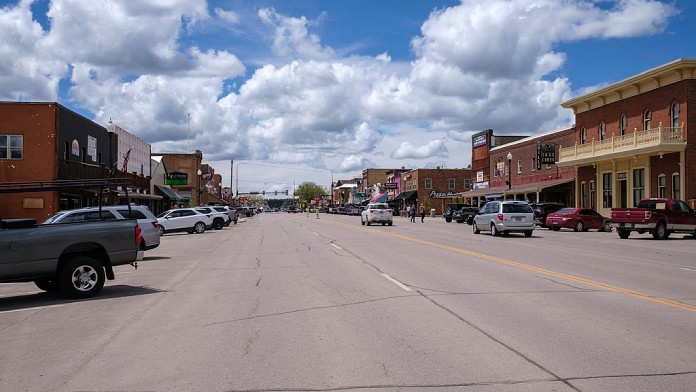 | Alcoholism Southern HillsAlcoholism Southern Hills, located in Custer, SD, is dedicated to providing effective treatment services for individuals struggling with alcohol use disorders. Our compassionate team offers a range of programs, including detoxification, individual and group therapy, and aftercare support, all designed to promote healing and recovery. We understand that each person’s journey to sobriety is unique, and we are committed to creating a personalized treatment plan that addresses the specific needs of each client. At Alcoholism Southern Hills, we strive to create a supportive environment where individuals can regain control of their lives and embark on a path to lasting recovery. Contact us today to learn more about our services and how we can assist you on your journey to wellness. 124 N 6th St, Custer, SD 57730 | Levels of Care:Inpatientoutpatient Payment Options:Medicaid Private insurance Self-Pay Options Financial Aid Medicare Military Insurance | ||
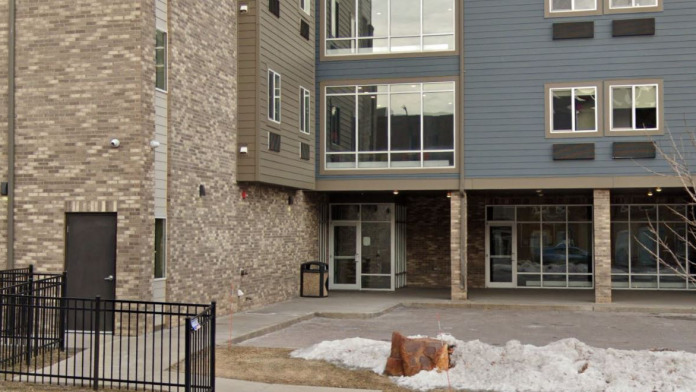 | Arch Residential Treatment CenterArch Residential Treatment Center, operated by the Carroll Institute, provides inpatient recovery services for individuals struggling with substance use disorders in Sioux Falls, South Dakota. The center specializes in helping those with co-occurring disorders successfully transition back into the community, emphasizing a safe, comfortable, and supportive environment for all clients.Extended Recovery Services Duration of Stay: While a typical stay in residential treatment lasts about 30 days, Arch Residential Treatment Center offers the flexibility for individuals to remain longer if needed, ensuring they receive the comprehensive care necessary for recovery. Evidence-Based Treatments: Counselors utilize proven therapeutic methods to help clients achieve sobriety, including: Cognitive Behavioral Therapy (CBT): This approach teaches coping skills to manage stress and avoid substance use. Motivational Interviewing: A technique aimed at enhancing motivation for behavior change. Group Counseling During your stay, you will participate in various group counseling sessions covering essential topics such as: Relapse Prevention Skills: Learning strategies to avoid relapse triggers. Understanding Addiction: Gaining insight into the root causes of your addiction. Group therapy provides a supportive environment where you can practice communication skills and receive encouragement from peers who share similar experiences.Location and Community Engagement Downtown Sioux Falls: The Arch Residential Treatment Center is conveniently located on West 12th Street, placing it near attractions such as Falls Park. Clients can enjoy walks around the park, appreciating the beautiful waterfalls, sculptures, and the observation tower during their recovery journey. Conclusion If you or someone you know is seeking inpatient treatment for substance use disorders in Sioux Falls, SD, Arch Residential Treatment Center offers the support and resources necessary for a successful recovery. Contact them today to learn more about their services and how they can assist you on the path to wellness. 516 W 12th St, Sioux Falls, SD 57104 | Levels of Care:InpatientoutpatientIntensive Outpatient (IOP)Aftercare Support12-StepIntervention ServicesMedically Assisted Detox Payment Options:Private Insurance Self-Pay Options Free Financial Aid |  | |
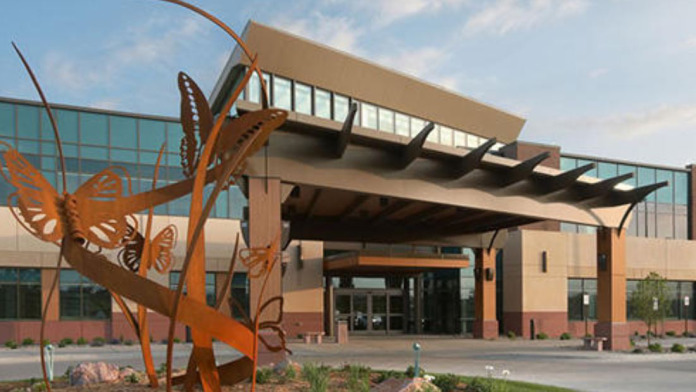 | Avera Behavioral Health HospitalAt Avera Behavioral Health Hospital, the focus is on recognizing that there isn\'t a one-size-fits-all approach to rehabilitation. Understanding that each individual may respond differently to treatment methods is crucial in the recovery journey. The hospital offers a diverse range of treatment options to accommodate the unique needs of each client.Treatment Approaches Avera Behavioral Health Hospital provides various therapeutic modalities, including: Traditional Therapy and Counseling: Evidence-based practices aimed at addressing mental health issues through individual or group sessions. Electroconvulsive Therapy (ECT): A medical treatment often used for severe depression, allowing for quick relief for some patients. Expressive Arts Therapy: Utilizing creative arts as a therapeutic outlet to help clients express emotions and experiences in a non-verbal manner. Commitment to Innovation The staff at Avera Behavioral Health Hospital prides themselves on continuously expanding their treatment techniques. They are dedicated to adopting new methods to better serve their clients, ensuring that everyone has the opportunity to find a suitable approach to their recovery.Conclusion If you or a loved one is seeking a comprehensive and flexible approach to mental health treatment in Sioux Falls, SD, Avera Behavioral Health Hospital may be the right choice. Their diverse range of therapies aims to help clients find what works best for them on their path to recovery. Contact them today to learn more about their services and how they can assist you. 4400 W 69th St, Sioux Falls, SD 57108 | Levels of Care:InpatientoutpatientIntensive Outpatient (IOP)Partial Hospitalization Program (PHP)24-Hour Clinical Care Payment Options:Military Insurance Private Insurance Self-Pay Options Medicaid Medicare Financial Aid |  | |
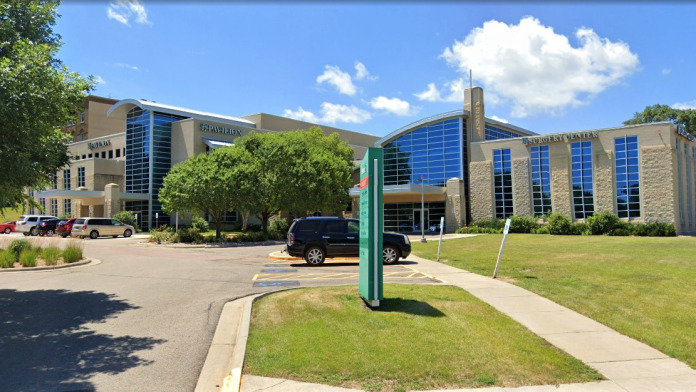 | Avera Medical Group Behavioral Health - Yankton, SDAvera Medical Group Behavioral Health is situated in Yankton, South Dakota, and is primarily known for its expertise in nose, throat, and ear care. However, we also provide comprehensive outpatient care for individuals with co-occurring mental health and substance use disorders across our network, catering to both adults and minors.Insurance and Accessibility We accept Medicare and Medicaid and offer financial counseling and billing assistance for uninsured and underinsured patients. Our facility is wheelchair accessible, and convenient parking is available onsite. Additionally, our urgent care line operates 24/7 to address immediate needs.Services Offered As part of the Avera Behavioral Health system, we integrate medical and behavioral treatment, providing referrals to higher levels of care when necessary. Our multidisciplinary approach includes: Behavioral Therapies Medication Management We emphasize education and resources for patients and their families to promote understanding and support throughout the treatment process.Compassionate and Professional Care Former clients consistently praise our staff for their compassionate and professional care, noting themes such as: Feeling listened to Personalized attention Effective treatment plans Many clients appreciate the range of services we offer and the convenient location of our facility.Relaxation and Recreation in Yankton Yankton provides numerous parks and recreational spaces to complement your outpatient therapy. Highlights include: Lewis and Clark Lake Recreation Area: 31,400 acres of campsites, swimming areas, biking paths, and birdwatching opportunities. Historic Meridian Bridge: Ideal for biking or walking, offering stunning views of the Missouri River. Fantle Memorial Park: Features an Olympic-sized pool, disc golf, volleyball, and pedestrian trails. Riverside Park: Home to an outdoor amphitheater for live performances and community events. Conclusion If you or a loved one are seeking effective outpatient care for mental health and substance use disorders in Yankton, SD, Avera Medical Group Behavioral Health is here to support you. Contact us today to learn more about our services and how we can assist you on your journey to recovery and well-being. 409 Summit St Suite 3200, Yankton, SD 57078 | Levels of Care:InpatientoutpatientAftercare Support Payment Options:Military Insurance Private Insurance Self-Pay Options Medicaid Medicare Financial Aid |  | |
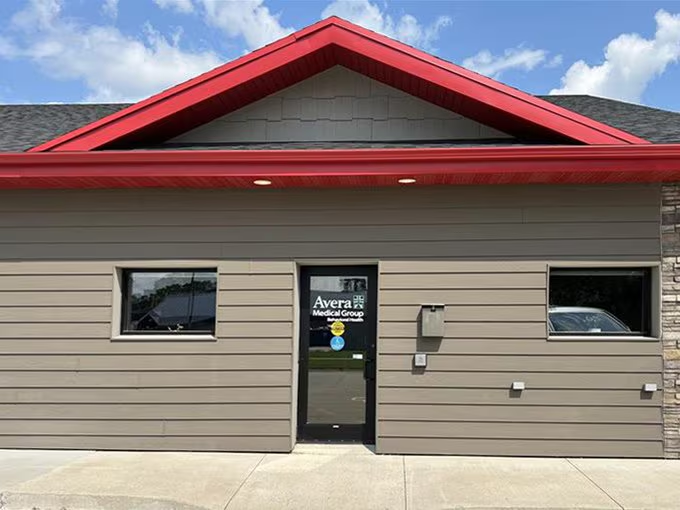 | Avera Medical Group Behavioral Health — BrookingsAvera Medical Group Behavioral Health Clinic, located at 1024 6th Street, Suite B, Brookings, SD 57006, offers quality mental health services to individuals seeking support for various behavioral health challenges. The clinic provides a range of services, including individual therapy, group counseling, and psychiatric assessments, delivered by a compassionate team of mental health professionals. Committed to promoting mental wellness, Avera Medical Group focuses on creating a safe and supportive environment where clients can work towards their recovery goals. Explore the comprehensive resources available and take the first step toward a healthier mind at Avera Medical Group Behavioral Health Clinic. 1024 6th St Suite B, Brookings, SD 57006 | Levels of Care:Inpatientoutpatient Payment Options:Medicaid Private insurance Self-Pay Options Financial Aid Medicare Military Insurance | ||
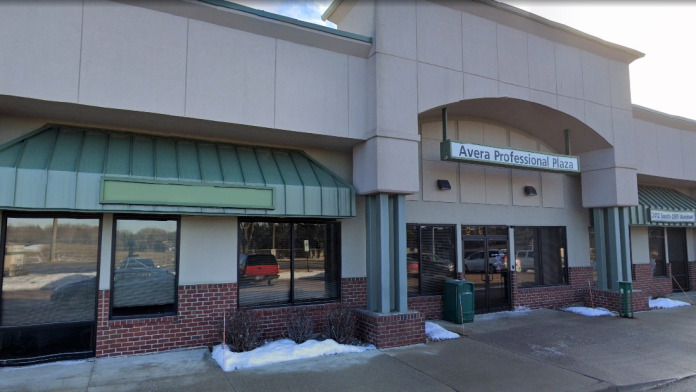 | Avera Medical Group Behavioral Health ClinicAvera Medical Group Behavioral Health Clinic, located at 2412 South Cliff Avenue, Suite 200, Professional Plaza, Sioux Falls, SD 57105, provides expert mental health services tailored to meet the needs of individuals and families. The clinic offers a variety of services, including therapy, counseling, and psychiatric evaluations, delivered by a team of experienced professionals committed to fostering mental wellness. With a focus on holistic care, Avera Medical Group aims to create a supportive environment where clients can address their mental health challenges and work towards recovery. Explore the comprehensive resources available and take the first step towards improved mental health at Avera Medical Group Behavioral Health Clinic. 2412 S Cliff Ave Suite 200, Sioux Falls, SD 57105 | Levels of Care:outpatient Payment Options:Medicaid Private insurance Self-Pay Options Financial Aid Medicare Military Insurance |  | |
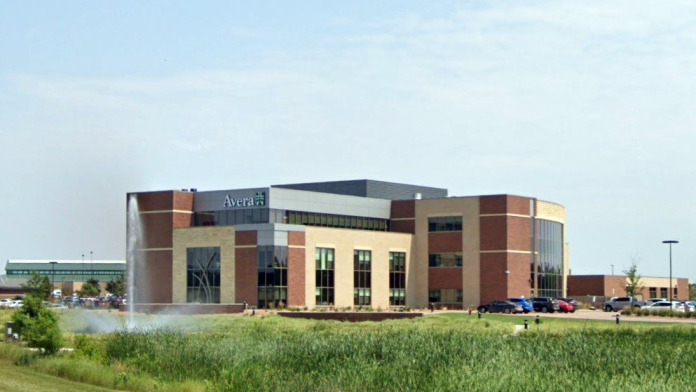 | Avera Medical Group Family Health Center1900 Cabela Drive Mitchell SD, 57301 | Payment Options:Self-pay options Financial aid Employee Assistance Program Medicaid Military insurance Medicare Private insurance | ||
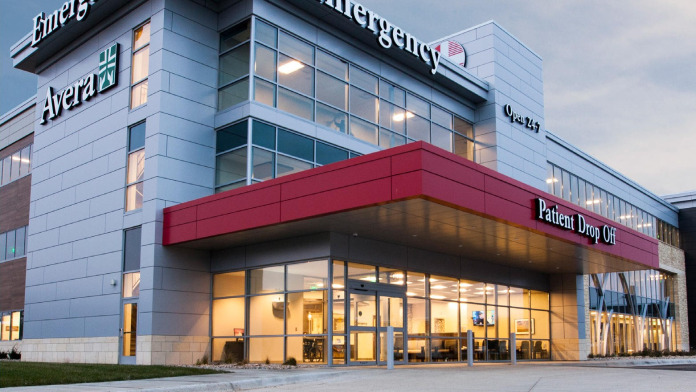 | Avera Medical Group Family Health Center - Sioux Falls, SDAvera Medical Group Family Health Center is a comprehensive medical center in Sioux Falls, South Dakota, serving as a primary care provider with an integrated behavioral health component. The center is dedicated to supporting individuals from surrounding rural communities, as well as pregnant and elderly patients, offering a wide range of mental health services.Local Amenities Sioux Falls is a vibrant metropolitan area with various green spaces like Marion Park and Sertoma Park, providing serene environments for relaxation during recovery. The city also boasts numerous shopping centers, dining options, and community amenities, enhancing the overall experience for residents and visitors alike.Outpatient Therapy Services Behavioral Health Services: Offered on an outpatient basis, the center provides: Evaluation and diagnostic services Treatment, including dual diagnosis support for co-occurring mental health and substance use disorders Limitations: Please note that Avera Medical Group does not provide detox services or more extensive treatment plans, such as residential rehabilitation or intensive outpatient programs (IOPs). Referral Services If more structured support is needed, AMG can connect you with resources for detoxification, rehabilitation, and dedicated addiction treatment services.Holistic Support for Mind and Body Integrated Care: As part of a large network of care providers, AMG can facilitate access to both medical and mental health services. If specialists are required, the network offers a broad range of options, including diagnostic and imaging services. Insurance and Payment Options: Avera Medical Group accepts most major insurance plans, Medicaid, and Medicare, along with private pay options. Patient care advocates are available to assist with cost management and navigating insurance. Conclusion If you are in need of comprehensive medical and behavioral health services in Sioux Falls, SD, Avera Medical Group Family Health Center offers a supportive and integrated approach to care. Contact them today to learn more about their services and how they can assist you on your path to wellness. 2100 S Marion Rd, Sioux Falls, SD 57106 | Levels of Care:Inpatientoutpatient24-Hour Clinical Care Aftercare Support Payment Options:Military Insurance Private Insurance Self-Pay Options Medicaid Medicare Financial Aid |  | |
Avera St. Lukes - Worthmore Addiction Services1206 South Main Street Aberdeen SD, 57401 | Payment Options:Self-pay options Financial aid Employee Assistance Program Medicaid Military insurance Medicare Private insurance | |||
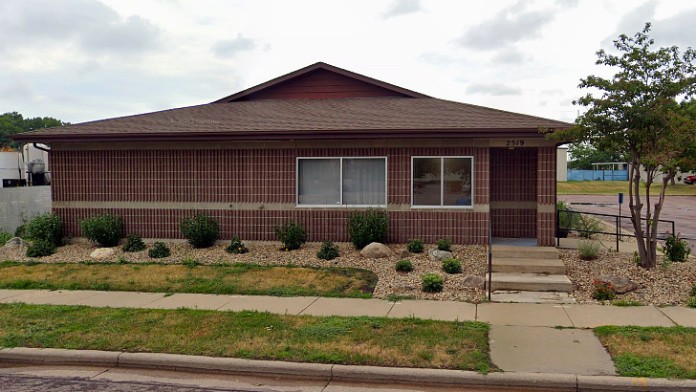 | BAART Programs Sioux FallsBAART Programs Sioux Falls has been a trusted addiction treatment center for nearly 40 years, specializing in opioid addiction treatment. Their approach focuses on Medication-Assisted Treatment (MAT), which combines medication and counseling to support individuals in achieving and maintaining sobriety.Medication-Assisted Treatment (MAT) Combination of Services: BAART\'s MAT integrates recovery services with counseling to enhance the chances of successful recovery. FDA-Approved Medications: The program primarily uses methadone to help manage cravings and withdrawal symptoms. Individualized Treatment Plans: Each participant receives a tailored treatment program designed to meet their specific needs. Skills Development Participants in the MAT program will learn essential skills, including: Relapse Prevention: Strategies to avoid triggers and manage high-risk situations. Coping Mechanisms: Techniques to handle stress and cravings effectively, contributing to long-term recovery. Further Treatment Options Upon successful completion of the MAT program, individuals have the opportunity to enroll in: Residential Treatment Programs: For those needing more intensive support. Intensive Outpatient Programs (IOP): For ongoing care while allowing clients to maintain their daily lives. Conclusion If you or someone you know is struggling with opioid addiction, BAART Programs Sioux Falls offers a comprehensive MAT program designed to support recovery and long-term sobriety. Contact them today to learn more about their services and how they can help you on your journey to recovery. 2519 W 8th St, Sioux Falls, SD 57104 | Levels of Care:outpatientIntensive Outpatient (IOP)Medically Assisted Detox Payment Options:Self-Pay Options Private insurance Medicaid Medicare | 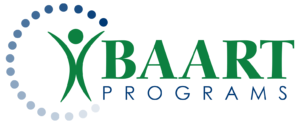 | |
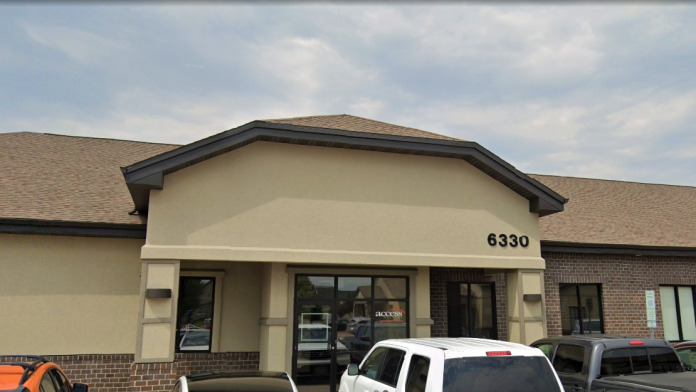 | Bartels Counseling Services, Inc.Bartels Counseling Services, Inc., located in Sioux Falls, SD, provides professional counseling and therapy services tailored to meet the diverse needs of individuals, couples, and families. Our experienced team of licensed counselors is dedicated to fostering a supportive environment where clients can explore their thoughts, feelings, and behaviors. We offer a range of services, including individual therapy, couples counseling, family therapy, and specialized programs for anxiety, depression, and trauma. At Bartels Counseling Services, we believe in empowering our clients to achieve personal growth and emotional well-being. Reach out today to learn more about our services and how we can assist you on your journey towards healing. 7520 S Grand Arbor Ct Ste 145, Sioux Falls, SD 57108 | Levels of Care:outpatientAftercare SupportIntensive Outpatient (IOP)12-StepIntervention Services Payment Options:Private Insurance Self-Pay Options Financial Aid Medicaid | ||
Behavior Management System3 Canyon View Circle Hot Springs SD, 57747 | Payment Options:Medicaid Private insurance Self-pay options Financial aid Financing available Sliding scale payment assistance Medicare Military insurance | |||
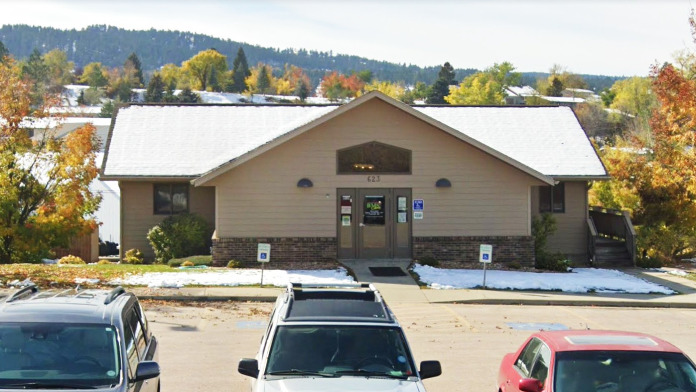 | Behavior Management System - Spearfish, SDBehavior Management System is a private alcohol and drug rehabilitation center located in Spearfish, South Dakota. They specialize in treating a variety of substance abuse addictions, including those with co-occurring mental health disorders. Their focus is on providing patients with the support they need while allowing them to maintain their daily lives.Services Offered Flexible Outpatient Addiction Therapy: Patients can receive regular treatment while living at home, making it easier to integrate recovery into their daily routines. Specialty Programs Behavior Management System offers several specialty rehab programs to meet the diverse needs of their clients: Women\\\'s Specific Care: Tailored treatment plans that address the unique experiences and challenges faced by women in recovery. Gender-Specific Treatment: Programs designed for men that focus on their specific challenges related to addiction. Teen Treatment Programs: Age-appropriate services aimed at addressing the specific issues adolescents face as they navigate recovery. Commitment to Individualized Care The staff at Behavior Management System is dedicated to providing personalized care that recognizes the unique circumstances of each individual. Their approach ensures that clients receive the appropriate support and resources needed for their recovery journey.Conclusion If you or a loved one is seeking help for substance abuse in Spearfish, SD, Behavior Management System offers comprehensive treatment options to support recovery. Contact them today to learn more about their services and how they can assist you on the path to wellness. 623 Dahl Rd, Spearfish, SD 57783 | Levels of Care:outpatient Payment Options:Military Insurance Private Insurance Self-Pay Options Medicaid Medicare Financial Aid | 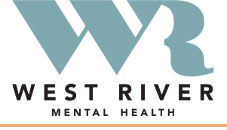 | |
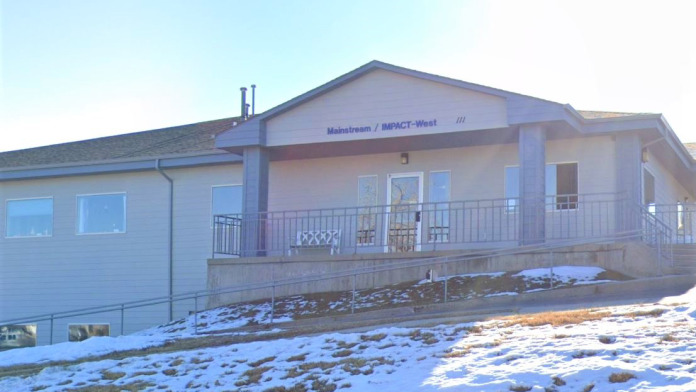 | Behavior Management Systems - Crisis Care Center121 North Street Rapid City SD, 57701 | Payment Options:Medicaid Private insurance Self-pay options Sliding scale payment assistance Medicare Military insurance | ||
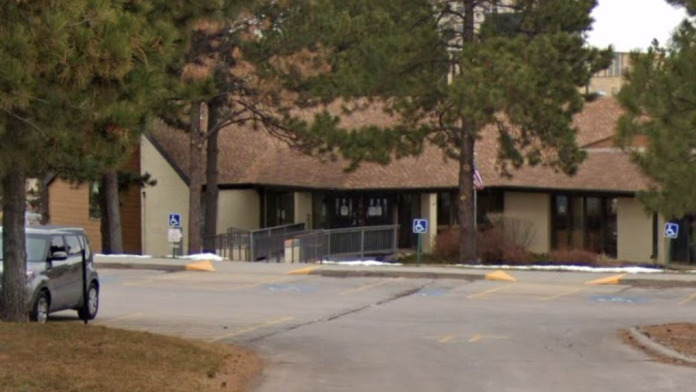 | Behavior Management Systems - Elk Street350 Elk Street Rapid City SD, 57701 | Payment Options:Medicaid Private insurance Self-pay options Financial aid Sliding scale payment assistance Medicare Military insurance | ||
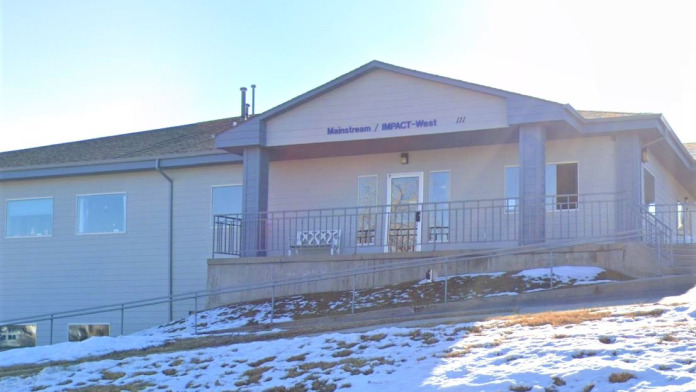 | Behavior Management Systems - North Street111 North Street Rapid City SD, 57701 | Payment Options:Medicaid Private insurance Self-pay options Sliding scale payment assistance Medicare Military insurance | ||
Bluebonnet Trails Community Services Bluebonnet275 East Ellinger Eagle Butte SD, 78945 | ||||
Capital Area Counseling Service115 South Huron Street Pierre SD, 57501 | Payment Options:Medicaid Private insurance Self-pay options Financial aid Financing available Medicare Military insurance | |||
Capital Area Counseling Services803 East Dakota Avenue Pierre SD, 57501 | Payment Options:Medicaid Private insurance Self-pay options Financial aid Financing available Sliding scale payment assistance Medicare Military insurance |
Find South Dakota drug rehabs in cities near you or sort by letter.
Calls to any general helpline will be answered or returned by one of the treatment providers listed, each of which is a paid advertiser:
Our helpline is available 24 hours a day, 7 days a week at no cost to you and with no obligation for you to enter into treatment. We are committed to providing support and guidance whenever you need it.
In some cases, Addiction Helpline America charges our verified partner a modest cost per call. This fee helps us cover the costs of building and maintaining our website, ensuring that we can continue to offer this valuable service to those in need.